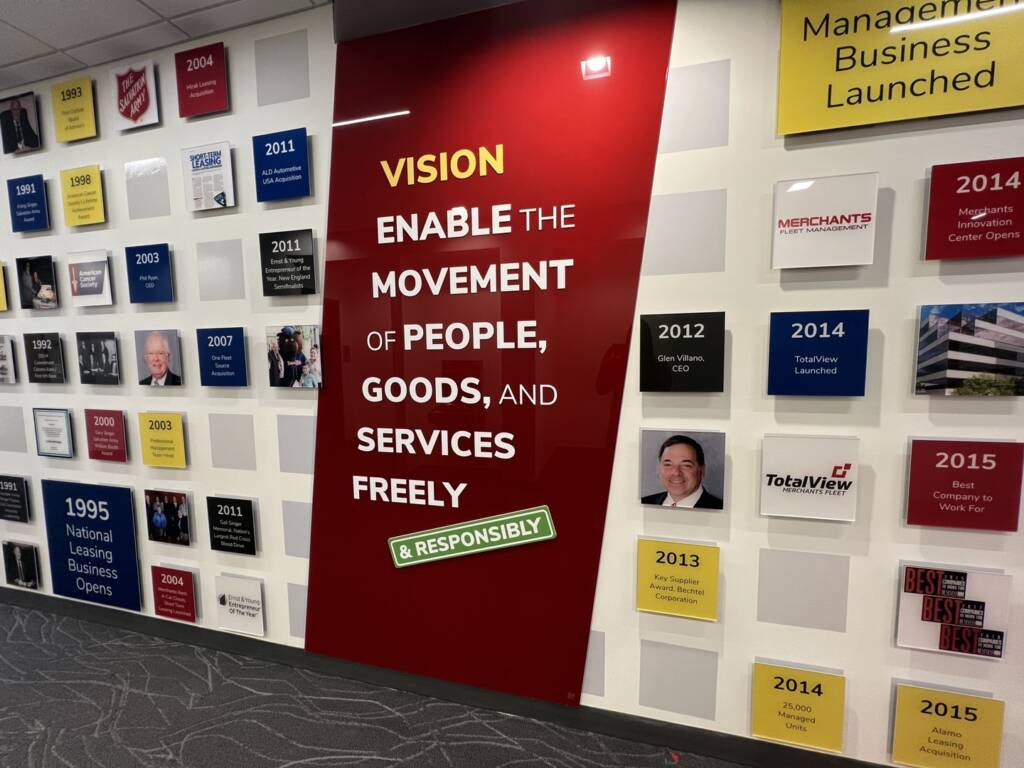You’ve communicated a company vision that your team can rally around and is excited to reach. You’ve communicated the company goals to achieve that vision.
Now let me ask you: Have you communicated to everyone up and down the ladder how they will set and achieve their goals that will contribute to the company’s big picture goals and vision?
If you haven’t, you are likely not alone. As leaders, we are often great at setting the big-picture vision and the big-picture goals to achieve that vision. But while we know there are plenty of smaller goals throughout the company that must be met in order to succeed, we often fail to make sure everyone up and down the ladder understands what those goals need to be and how to achieve them.
Let’s walk through an example that demonstrates establishing and measuring goals at all levels.
Company Vision: Become No. 7 in the industry nationwide in seven years.
Company Primary Goal: Lease 70,000 units by year seven.
Company Secondary Goal: Increase number of leases by 40,000 in seven years by incrementally increasing leased units each year.
The company’s vision and goals to attain that vision have been communicated to all employees. Now, it’s time to break down the goals that need to be attained by sales, marketing, human resources—you get the idea—in order to make the company vision a reality.
SALES
The sales director needs to go to the sales managers and break down what their goals will be to help the company reach 70,000 in year seven, starting with year one’s goal of increasing by 1,000 units. Say they have three sales managers of varying levels of success. Manager one’s goal may be to grow by 500 units this year, manager two by 300 units, and manager three by 200 units. Each sales manager has five salespeople reporting to them. Manager one is going to divide those 500 units between each of their five salespeople based on their ability; manager two will do the same with their 300, and manager three with their 200. Now, each manager helps their team break down how to get to their numbers. How many proposals will get us to x number of vehicles and how many sales calls will get us to x number proposals. This breakdown just made an increase of 40,000 leases in seven years digestible and actionable. But we’re not done yet.
MARKETING
Marketing now needs to break down for their people how they are going to help the sales reps get the leads they need to reach the company goal of 70,000 leases. For example, sales rep Sarah needs to make four sales calls a month to reach her new goal. To get to four calls, she needs 20 leads per month. Her manager is going to talk to marketing about what marketing needs to do to make sure Sarah can secure four sales calls per month. To get Sarah her 20 leads, marketing determines they will need to do two campaigns a month, one of which needs to be on LinkedIn.
This breakdown for all divisions and all employees is done for each of the seven years, and it’s done for all seven years as soon as the company goals are established so that all divisions will be ready to scale up as needed from year to year.
HUMAN RESOURCES
More people will be needed to provide the resources for each year’s growth. HR needs to be planning for an increase in x number of people in marketing, sales, operations, leadership, and yes, even HR. If year one requires an increase of 23 people across the company, HR managers need to break down the number of hires for each recruiter based on their abilities and area of expertise. Then, just like in sales, they need to break down how each recruiter will get to x number of hires per month.
Two new hires per month may require x number of calls and x number of calls requires x number of leads. Back to marketing we go to do the same exercise we did with sales to get recruiters the number of leads they need to help the company reach its goal.
Establishing meaningful and measurable goals must be a continual process for every leader, department, manager, and employee in the company. It’s so simple, and yet, most companies don’t do it. If I work in marketing creating campaigns, and I hear the company’s vision and annual goals, but no one has told me what I need to do to help the company reach that vision or those goals, all I hear is, “You gotta elevate your game.” I might elevate my game, but maybe it’s going to be elevated by 2% instead of the 15% that’s needed for the company to reach its vision, because no one has defined “elevate your game” or provided me additional resources or insights on how to elevate.
Now, the company might still grow 5% or 10% a year, which is great. You’ve moved from staying the course to evolving. What you won’t do is attain exponential growth, because you will not be structured for disruption.
To disrupt, you must first build the foundation for exponential growth, and that starts with demonstrating how every role in the company is connected to the vision.
Are you building a foundation for next-level growth?














